Mother Nature makes for a fickle research partner, but scientists at Mississippi State University are no longer beholden to the whims of weather when it comes to testing the limits of uncrewed aviation systems, commonly known as UAS.
A new indoor set-up at the university’s Raspet Flight Research Laboratory puts control of atmospheric conditions in the hands of researchers, allowing them to test aircraft systems in a variety of simulated weather conditions to evaluate their performance.
The Inclement Weather Lab’s mission is to define the challenges of operating UAS in extreme weather and contribute to the development of technology critical to aviation’s future.
From gusty winds to heavy rain, the state-of-the-art lab uses a sophisticated wind wall system and water pipes equipped with nozzles to generate wind, precipitation and fog. This dynamic environment offers researchers the ability to test aircraft in conditions that are typically too challenging or dangerous to simulate outdoors.
“We can create very specific wind conditions with the use of a 12-foot by 12-foot wind wall, which features an array of nine fans per module,” said Bryan Farrell, interim director of Raspet. “This setup lets us generate uniform or non-uniform winds, like turbulence or gusts, and simulate all sorts of weather patterns with a high degree of control.”
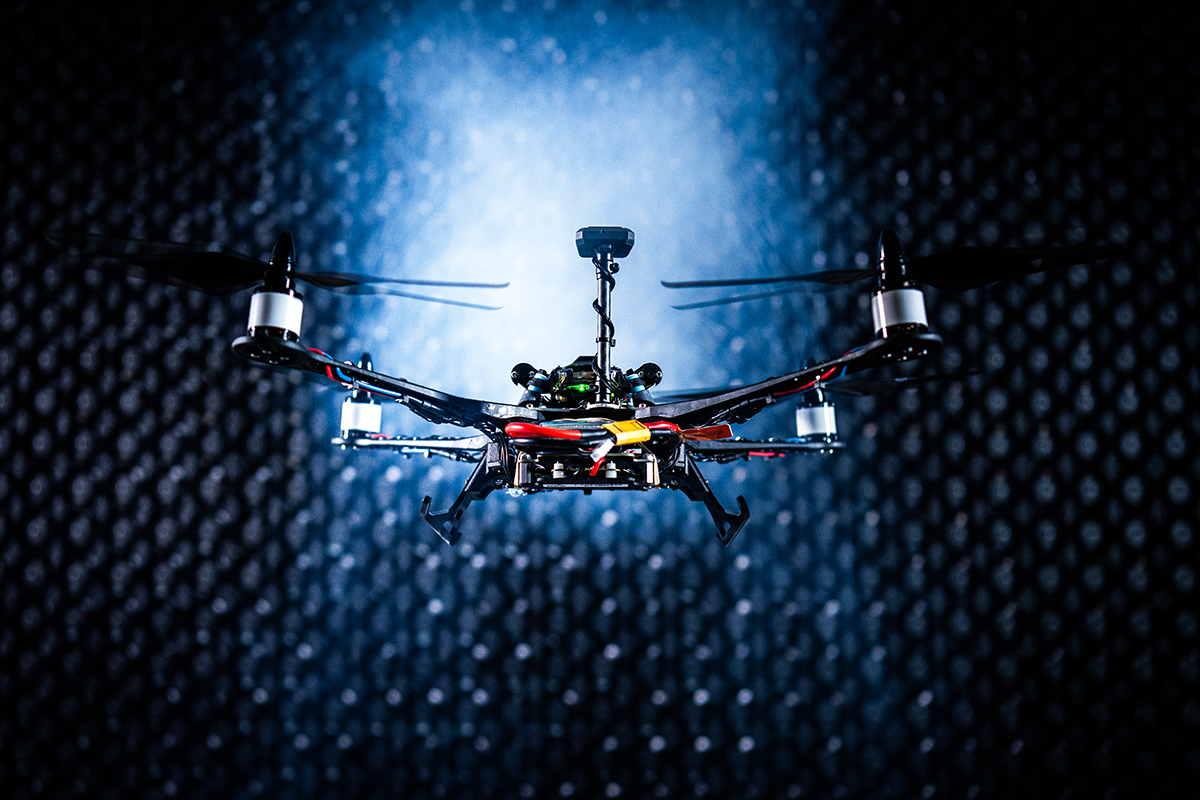
Understanding and Mitigating Weather’s Impact on Flight
The effects of severe weather on flight safety and performance are major concerns for the aviation industry. To address these challenges, the Inclement Weather Lab focuses on aerodynamics, stability and sensor health to understand the complex dynamics of flight in adverse conditions. By capturing motion data through an integrated system that tracks the aircraft’s movements, researchers can analyze how various weather factors, like wind shear or rain, impact flight performance.
“We aim to understand how these factors affect stability and control, which is crucial for the safety of autonomous aircraft operating in all kinds of weather,” Farrell explained. “This lab will provide data that helps us improve how we manage operations in adverse conditions.”
In addition to UAVs–the actual vehicles in the UAS–the lab will test the impact of precipitation on onboard aircraft sensors, which can be affected by rain, ice or fog. With the precision of the lab’s technology, researchers can recreate these environmental factors to study their effects in real-time.
This research has significant commercial applications, especially for the emerging drone delivery industry. As drones become more integrated into the airspace for deliveries and personal transportation, understanding how they perform in varying weather conditions will be essential to their widespread adoption.
“Inclement weather is a major hurdle for commercializing UAS, especially for applications like package delivery that require low-altitude flight near the ground where weather effects are strongest,” explained Shreyas Narsipur, an assistant professor of aerospace engineering and Raspet affiliated faculty member. “There are no established performance or safety standards for operating drones and other aircraft in inclement weather due to the lack of data. This lab will change that.”
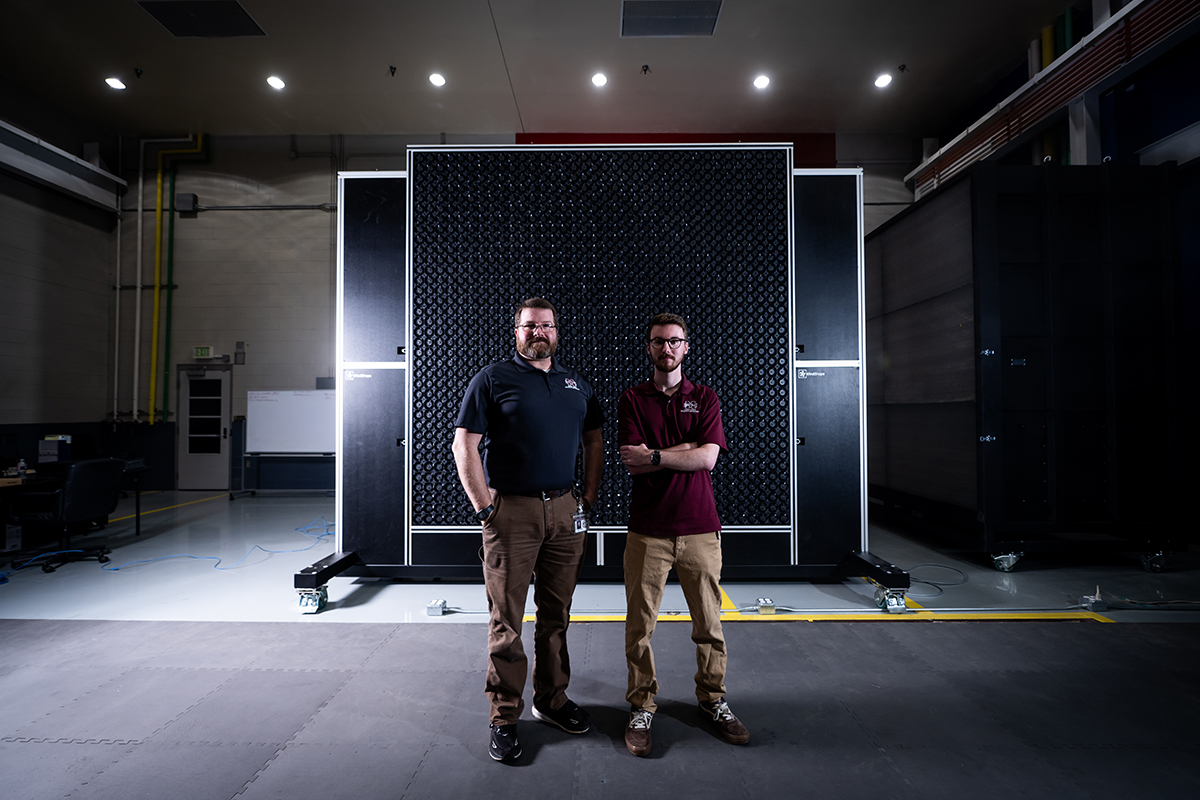
Building the Future of Aviation
The creation of the Inclement Weather Lab was inspired by a concern identified in a Federal Aviation Administration report, which highlighted the need to improve the all-weather performance of UAS. While the initial plan was for the Raspet facility to focus on UAS, the scope has expanded to address broader challenges in aviation, including urban air mobility, human performance in flight and communication in areas with limited network coverage.
The lab, expected to become operational early this year, was made possible through a $1 million grant from the National Institute of Standards and Technology, which funded the first phase of the lab’s development and early research, laying the groundwork for full capability. The lab’s mission aligns well with NIST’s own mission in creating performance standards for UAVs and other aircraft operating in adverse weather, ensuring these vehicles can safely and reliably navigate inclement conditions.
“As the FAA’s Uncrewed Aircraft Systems Safety Research Facility, Raspet is developing this system as part of the lab’s 20-year research plan,” says Caden Teer, associate director of research engineering at Raspet. “This grant expands our capabilities and positions Mississippi State at the forefront of weather and flight research as advanced air mobility and UAS become more commonplace in the National Airspace System.”
The lab will feature a wind generation system, equipped with advanced control capabilities to generate wind profiles, including gusts, shears and turbulence. An integrated precipitation system will allow simulation of rain, from fine mist to heavy downpours, and the large scale of the Raspet facility will allow testing of full-sized drones and systems, not just small-scale models.
“No other existing facility provides this level of control over wind conditions and precipitation types,” Narsipur says. “This lab will enable the commercialization of applications like UAS deliveries by providing a basis for optimum design methodologies and certification.”
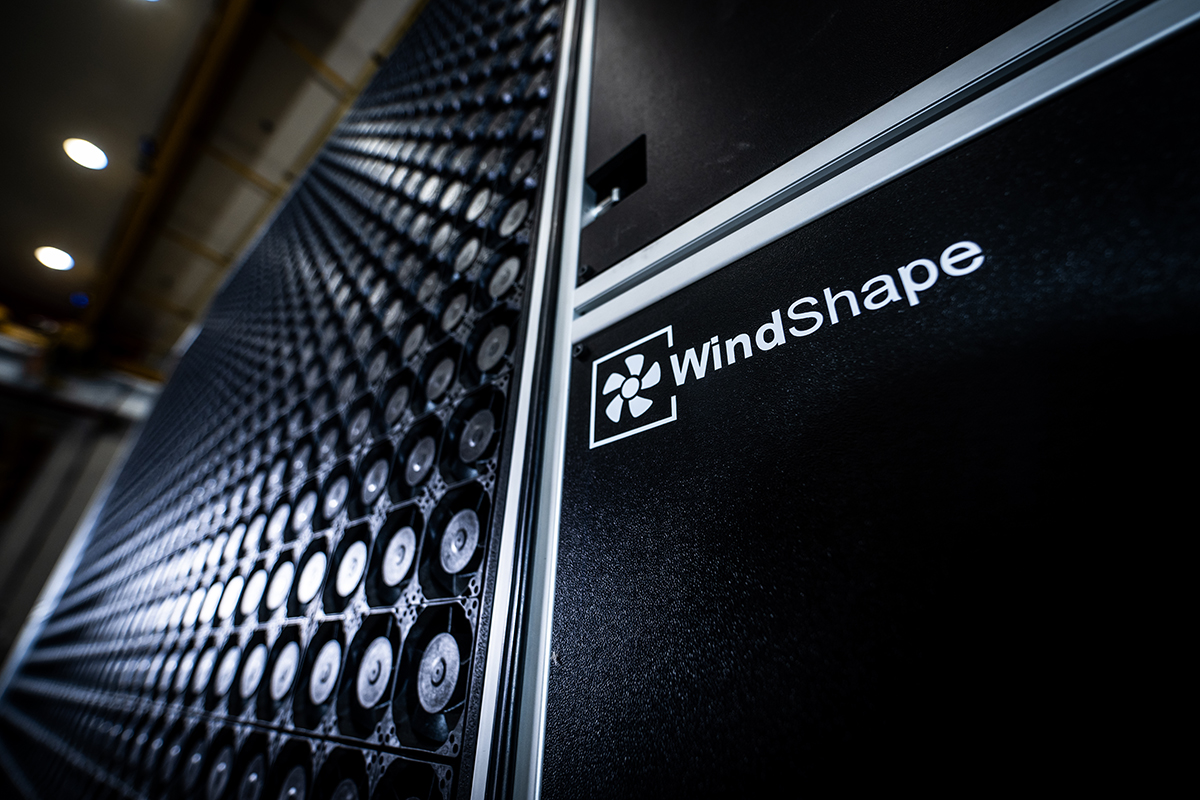

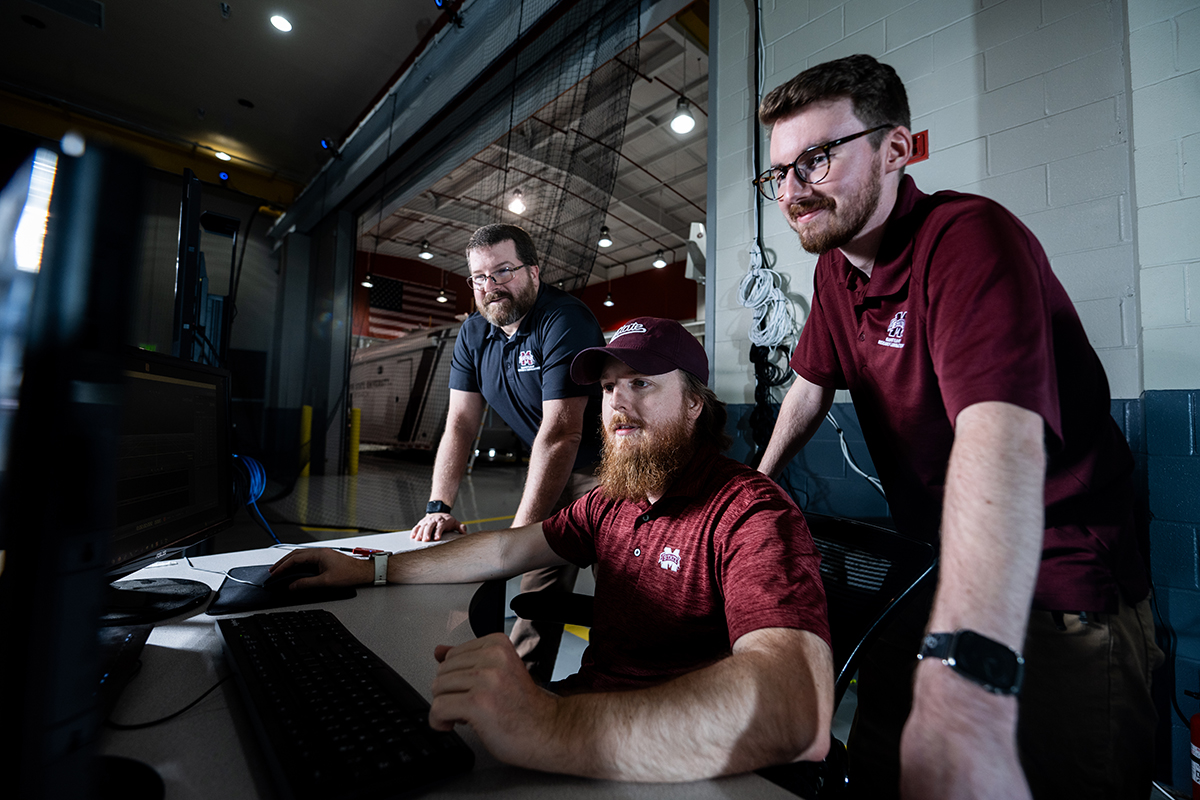
The Broader Impact
While the primary focus of the Inclement Weather Research Lab is aviation, its potential applications extend far beyond aerospace. The lab’s advanced weather simulation capabilities will be used to explore new possibilities across multiple disciplines, including sensor development, system environmental testing, human factors studies, agricultural spray coverage analysis and even research into pathogen spread. The lab’s versatility promises to support a wide range of industries, further establishing Raspet Flight Research Laboratory as a regional and national leader in research and innovation.
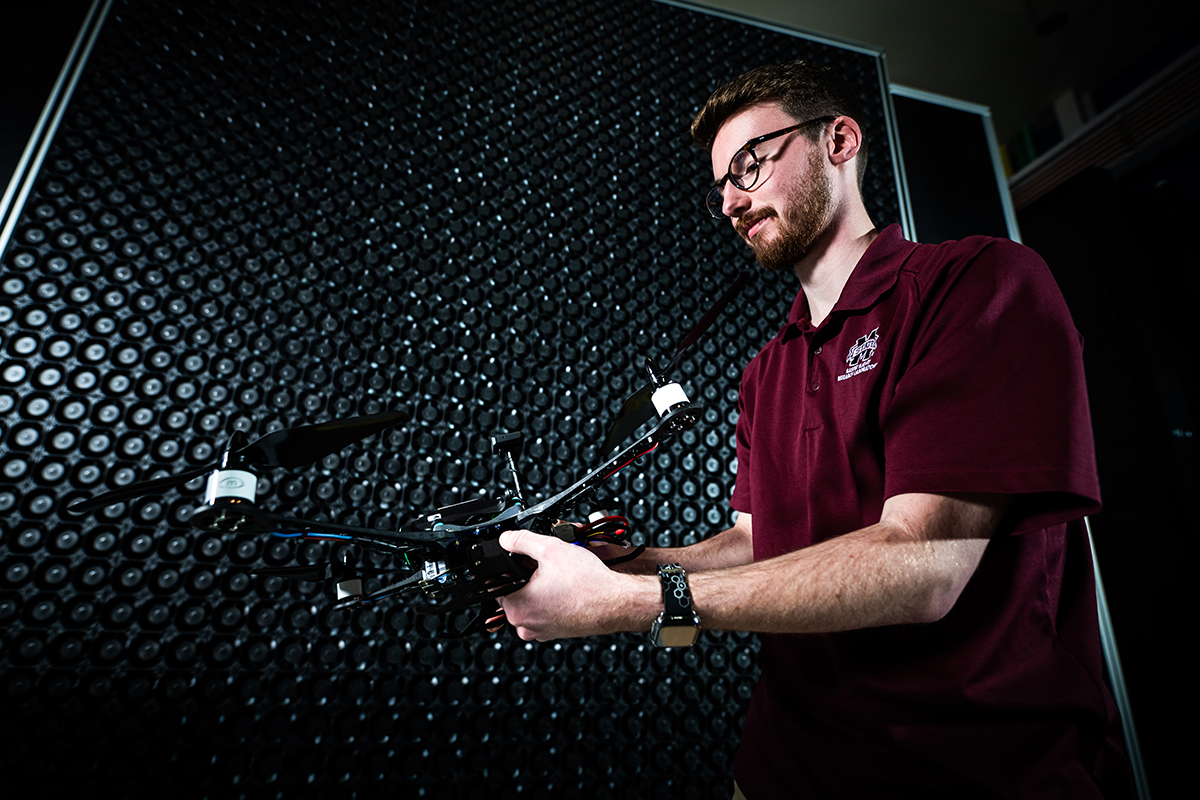
Collaborating for the Future
Looking forward, the Inclement Weather Research Lab will not only support innovative research but also foster collaboration with other departments, universities and industries. Partnerships with organizations such as the University of Alabama, Huntsville, and participation in programs like the Mobile Atmospheric Profiling Network will help the lab refine its weather simulations and enhance the accuracy of the data collected.
With its innovative work, the lab is not just advancing research; it is paving the way for a safer, more reliable future in aviation.
“Our collaborations will strengthen MSU’s position as a national leader in aviation research,” says Teer. “By working with students, faculty and industry partners, we are preparing for the future of flight, ensuring that Mississippi State University plays a pivotal role in the continued development of safe and effective aviation technologies.”
By Claire Wilson, Photos by Grace Cockrell


